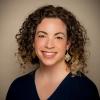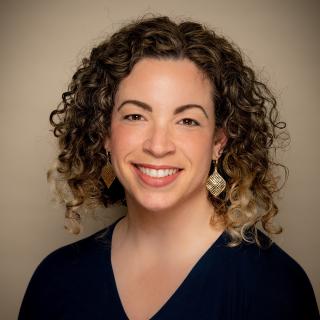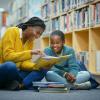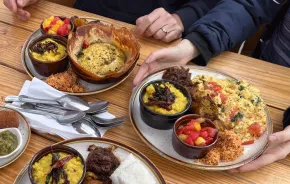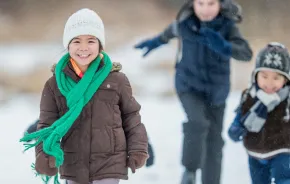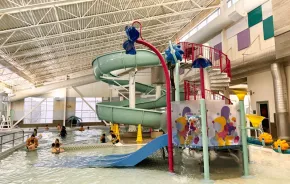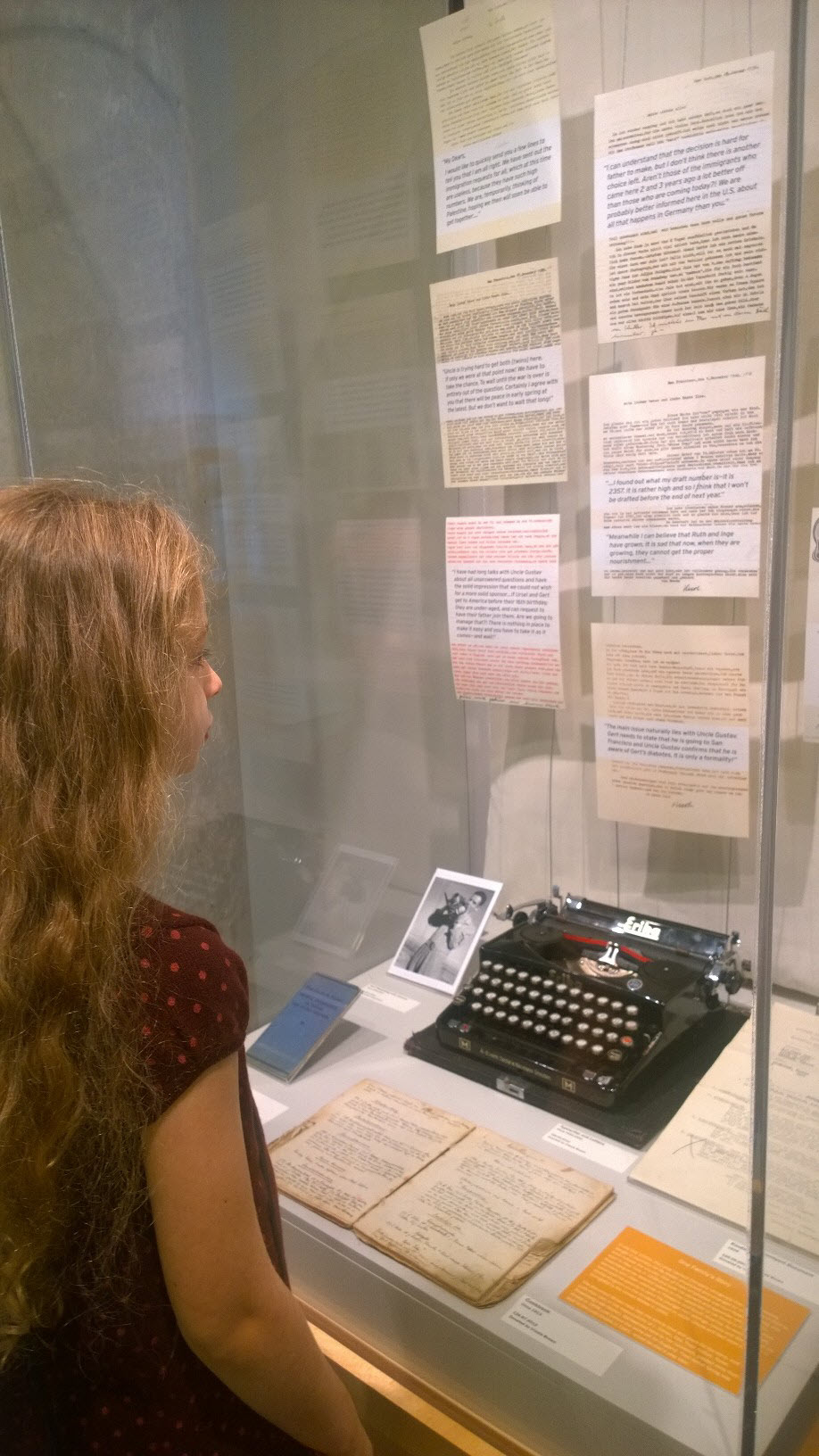 At first I was a little unsure about the decision to take my daughters, 8 and 10, to a Holocaust museum on a Sunday morning. To begin with — the difficult subject. Add in their relatively young ages and the fact that they had just come off another busy week and a Saturday chock-full with soccer, ballet and more soccer, and well … let’s just say it could have gone in any direction.
At first I was a little unsure about the decision to take my daughters, 8 and 10, to a Holocaust museum on a Sunday morning. To begin with — the difficult subject. Add in their relatively young ages and the fact that they had just come off another busy week and a Saturday chock-full with soccer, ballet and more soccer, and well … let’s just say it could have gone in any direction.
I’m so glad we went.
Mine were the first children to visit on the opening weekend of the Henry and Sandra Friedman Holocaust Center for Humanity, but the center — the Northwest’s first Holocaust museum — was ready for them.
The Belltown center’s unique lens for looking at the Holocaust is through local survivors’ stories, one of the reasons it is accessible even for younger children (more on age recommendations below). Upon entering the secure storefront space on Second Avenue, visitors are given passports ― booklets that each feature a different survivor (photograph, name, place of origin and birthdate) on the cover. Inside, simple but informative bios in large, typewriter-like font, and more pictures with captions, make the person come alive to the reader.
The museum’s artifacts and photographs are almost entirely donated by Holocaust survivors who relocated to the Pacific Northwest after World War II, and their descendants. As visitors roam through the exhibits, holding our passports, we see the real belongings, photographs and writings belonging to “our” survivor inside the display cases.
The experience of making a connection to a specific person and life, and then seeing the Holocaust exhibit from that angle, is powerful. My 8-year-old daughter read her passport quietly on a bench just after we entered (she had Heinz Schwarz, a boy from Greifenhaugen, Germany, who at 12 years old escaped the Holocaust by traveling to Shanghai). Then, moving through the museum, she could look for the boy’s receipt for passage to China, his Jewish identification card, his school books with his own boyhood writing, and photographs of him after he immigrated to Seattle.
 Much thought went into how children and students would experience the exhibit, says Richard Greene, community engagement director. The nonprofit center has been sending survivors and educators into schools around the Northwest for years (it also sends Traveling Trunks, filled with books and curricula, to classrooms) and brought that experience to exhibit design.
Much thought went into how children and students would experience the exhibit, says Richard Greene, community engagement director. The nonprofit center has been sending survivors and educators into schools around the Northwest for years (it also sends Traveling Trunks, filled with books and curricula, to classrooms) and brought that experience to exhibit design.
"The center is founded by local survivors, and it was built upon the initial work of survivors going out to speak with schools,” Greene says. “We didn't want to do it the traditional way, with the timeline. Part of the reason is the Holocaust has a multi-threaded timeline: Some people were being liberated in the East, for instance, while others were being captured in the West. But also we really wanted it to resonate with students and have the emphasis on being an upstander and that ‘change begins with me.’”
In addition to the passports' narrative, children can access the difficult subject through a table of hands-on artifact reproductions, which they can pick up and carry around the museum. The reproductions each have a matching real artifact within the displays that children can seek, find and read about. My daughters occupied themselves searching for the metal bowl, scratchy wool prisoner blanket, yellow cloth stars, and the diaries and letters of children who lived and were persecuted during that era. They also expressed a desire for more hands-on materials, which makes sense, given their ages.
Greene told me that the recommended age for young museum visitors is at least fifth or sixth grade. My daughters are in third and fifth and have some basic background knowledge of the Holocaust, which we have taught at home through reading age-appropriate books such as Number the Stars, parent-guided conversations, and, in the case of my fifth grader, through her Seattle Public Schools' fourth-grade curriculum.
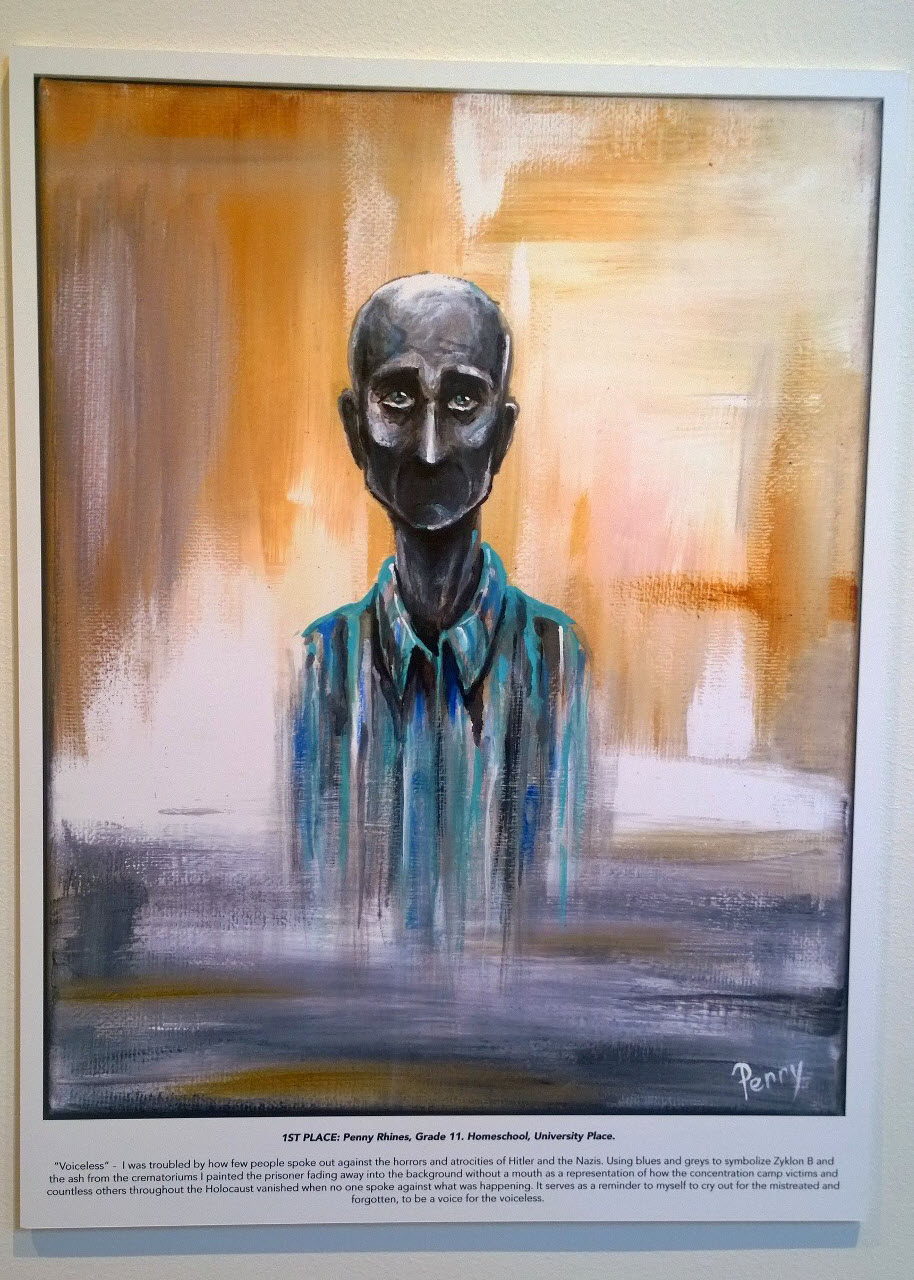 I felt my kids were a good age to tread into a museum like this, but I acknowledge that the subject matter is also challenging. They took in the displays, guided by us, and also were very pensive and quiet much of time, definitely moved to sadness. Tears would not have suprised me; many certainly sprang to my own eyes.
I felt my kids were a good age to tread into a museum like this, but I acknowledge that the subject matter is also challenging. They took in the displays, guided by us, and also were very pensive and quiet much of time, definitely moved to sadness. Tears would not have suprised me; many certainly sprang to my own eyes.
“How did it make you feel?” one of the amazing docents asked my daughters directly toward the end, highlighting another noticeable strength of the center: its educators. Docents approached my kids repeatedly as we moved through the museum, engaging them and subtly teaching a message of both awareness and hope. The docents were not afraid to talk to shy, unsmiling kids and treated my daughters in much the way a gentle grandmother treats her grand-kinder: with a loving, guiding hand on a mission.
To help children process what they have seen and learned, and to translate the lessons into applicable actions for today, the center encourages kids and teens to fill out, via writing or drawing, a small paper that asks: How does change begin with you? Those slips are then affixed to a concrete column for visitors to see. There is also blank paper and markers for children to process their trip artistically (this craft section could, I think, be beefed up a bit more).
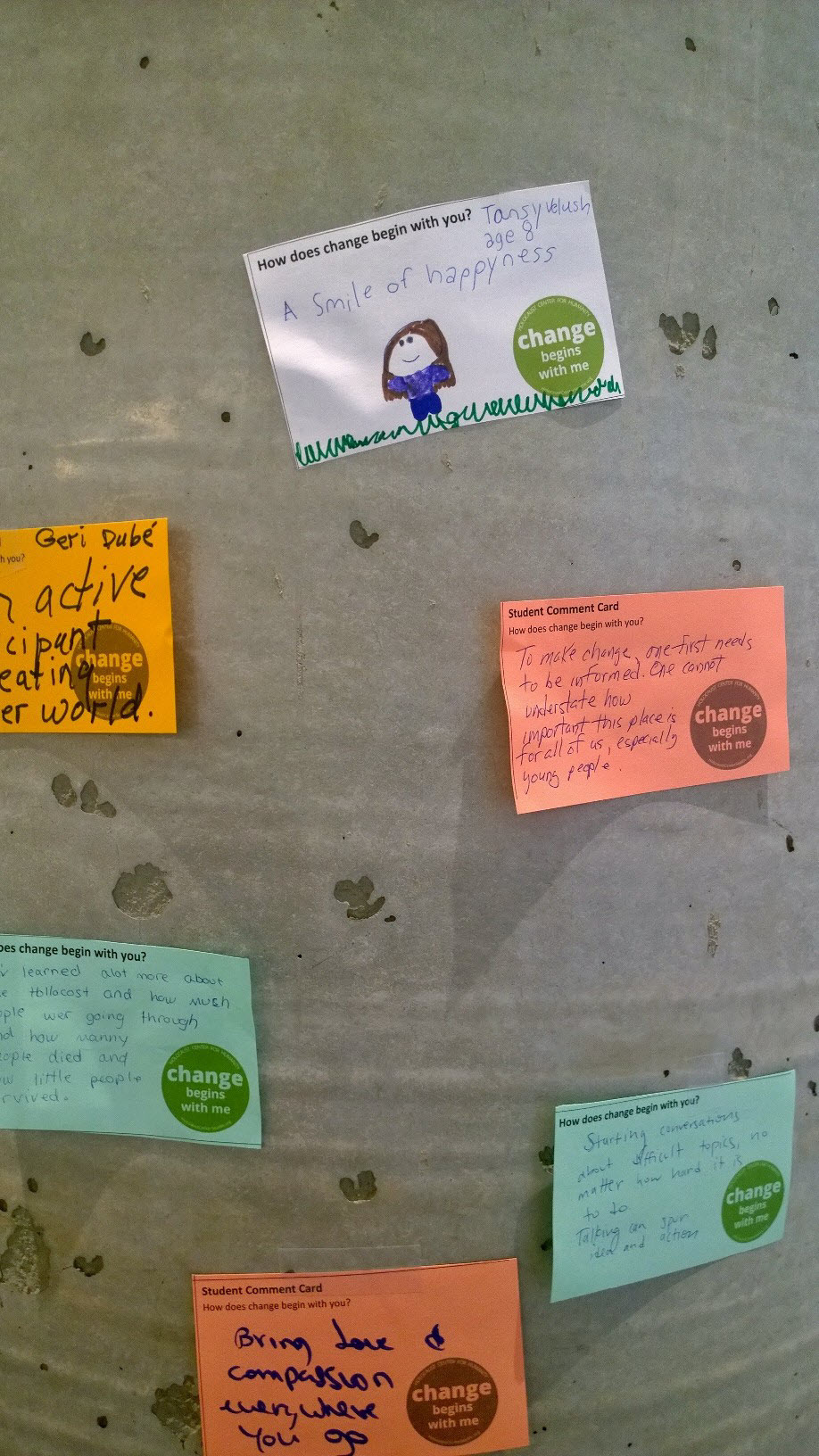 Art is an important path to learning honored by the center. Each spring it holds a writing, art and film contest for youths, and some of the entries to that contest are displayed on a museum wall. They are incredible — teaching tools in and of themselves ― but are affixed so high up the wall that they aren’t as accessible as they could or should be to younger visitors.
Art is an important path to learning honored by the center. Each spring it holds a writing, art and film contest for youths, and some of the entries to that contest are displayed on a museum wall. They are incredible — teaching tools in and of themselves ― but are affixed so high up the wall that they aren’t as accessible as they could or should be to younger visitors.
On a similar note, the museum has a lovely library with more than 3,000 books, videos and DVDs available to borrow on subjects related to the Holocaust, genocide, human rights, and education, that didn’t beckon my children much. I think a cozy corner set up just for children who need or want to process things with quiet reading or even picture books or comics, would be a smart addition.
A visit to the Holocaust Center for Humanity, with your family and/or with a school, does not end when you leave the museum. It’s one step on a path to teaching children about human rights, and a good place to bring humanity to history.
If you go ...
Where: 2045 Second Ave., Seattle.
When: Open to the public every Wednesday, and the first and third Sundays of each month. Open by appointment to school groups.
Reservations/appointments: required. Visit the center's site for more information.
Admission: Adult: $10 donation recommended; students and seniors: $5 donation recommended.



